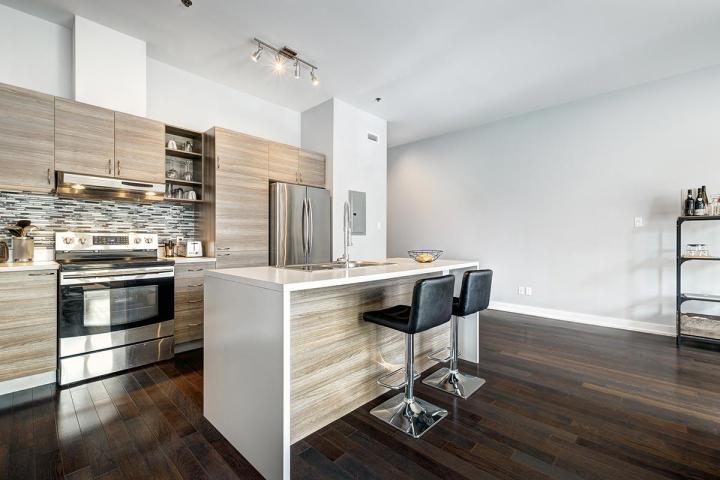What Is the Difference Between Solid and Engineered Hardwood Floors?, Nepean

Understanding the distinctions between solid and engineered hardwood floors can help homeowners make informed decisions about their flooring choices. At B&J Hardwood Floors, we explore the key differences between these two popular options:
Composition and Construction
Solid hardwood flooring is made from a single piece of hardwood, typically 3/4 inch thick. This traditional construction offers authenticity and durability, allowing the floor to be sanded and refinished multiple times over its lifespan. Solid hardwood is available in various wood species, such as oak, maple, cherry, and walnut, each with unique grain patterns and natural beauty. On the other hand, engineered hardwood is constructed from multiple layers of wood veneer glued together under heat and pressure. The top layer is a real hardwood veneer, while the core layers are usually made of plywood or high-density fiberboard (HDF). This layered construction enhances stability and reduces the risk of expansion and contraction due to changes in humidity, making engineered hardwood suitable for installation in areas where moisture and temperature fluctuations are a concern.
Installation Versatility and Maintenance
One of the primary differences between solid and engineered hardwood flooring lies in their installation versatility and maintenance requirements. Solid hardwood is typically nailed or stapled down over a plywood subfloor, requiring a stable environment to prevent warping or shrinking. It is not recommended for installation directly over concrete or below-grade spaces due to moisture concerns. In contrast, engineered hardwood offers greater flexibility in installation methods. It can be installed using glue-down, nail-down, or floating techniques, making it suitable for a wide range of subfloors, including concrete and basements. Engineered hardwood's dimensional stability also reduces the need for acclimation before installation, simplifying the process for homeowners. Both solid and engineered hardwood floors require regular maintenance, such as sweeping, vacuuming, and occasional mopping with hardwood floor cleaner recommended by B&J Hardwood Floors to maintain their beauty and durability.
